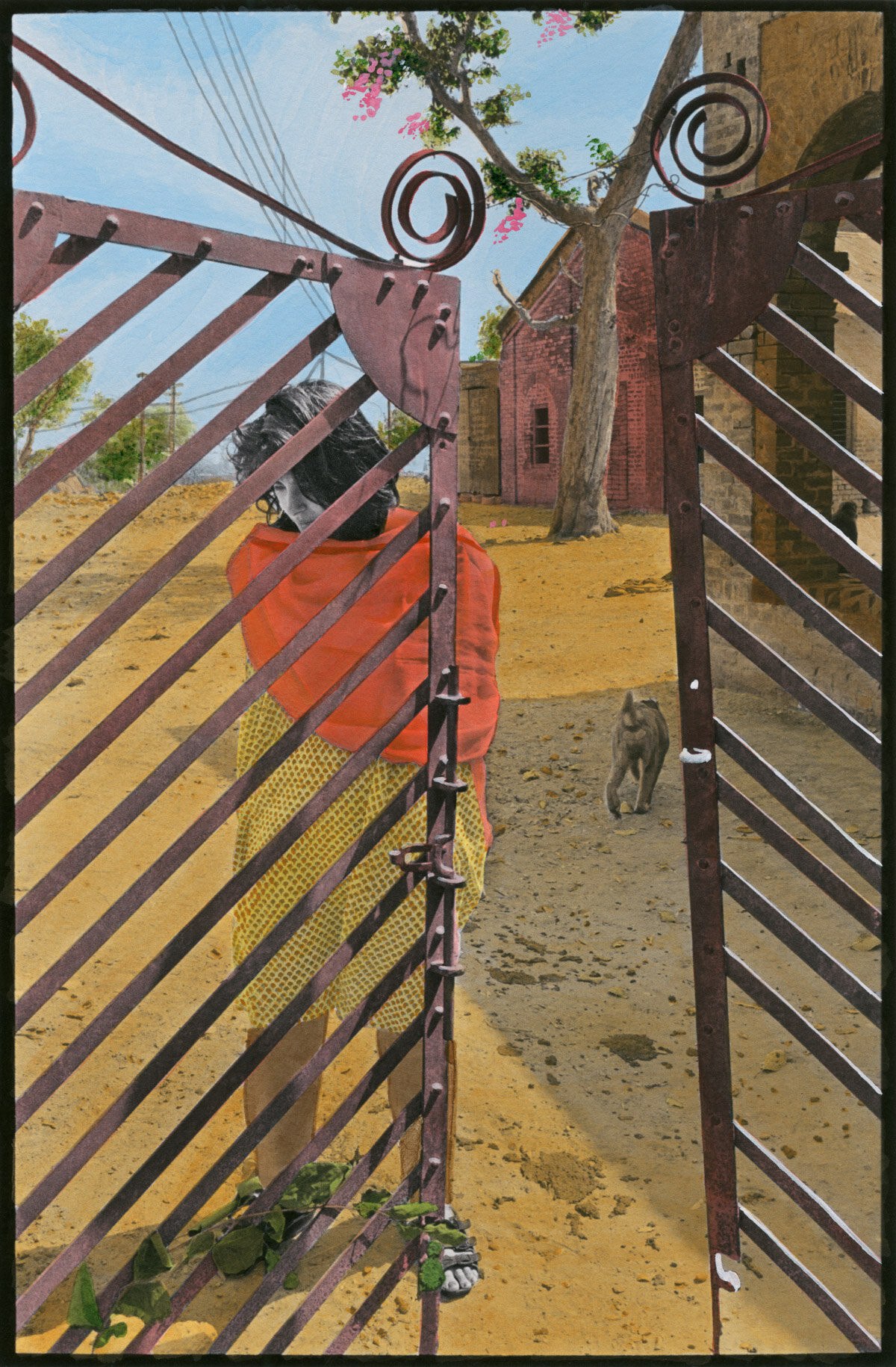

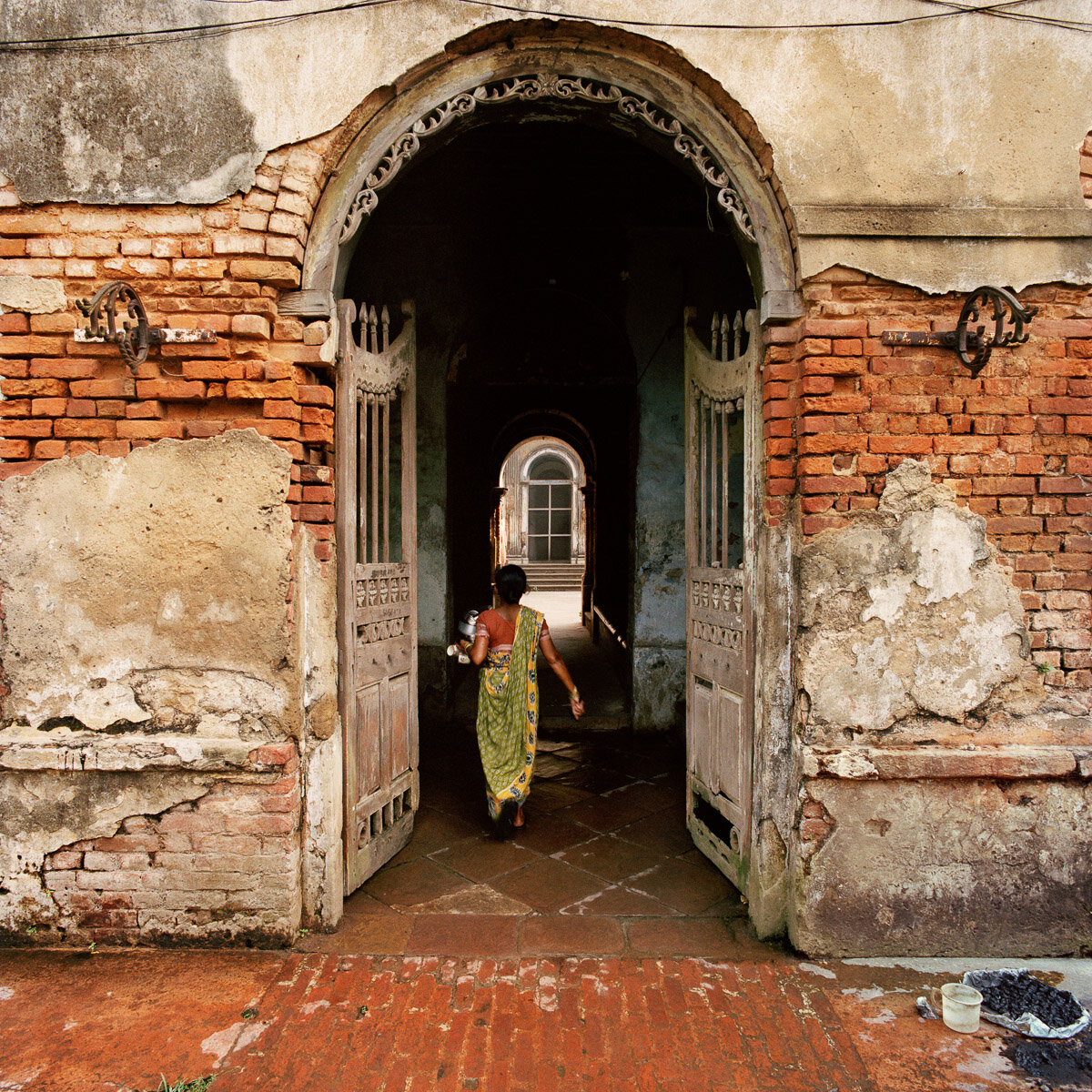
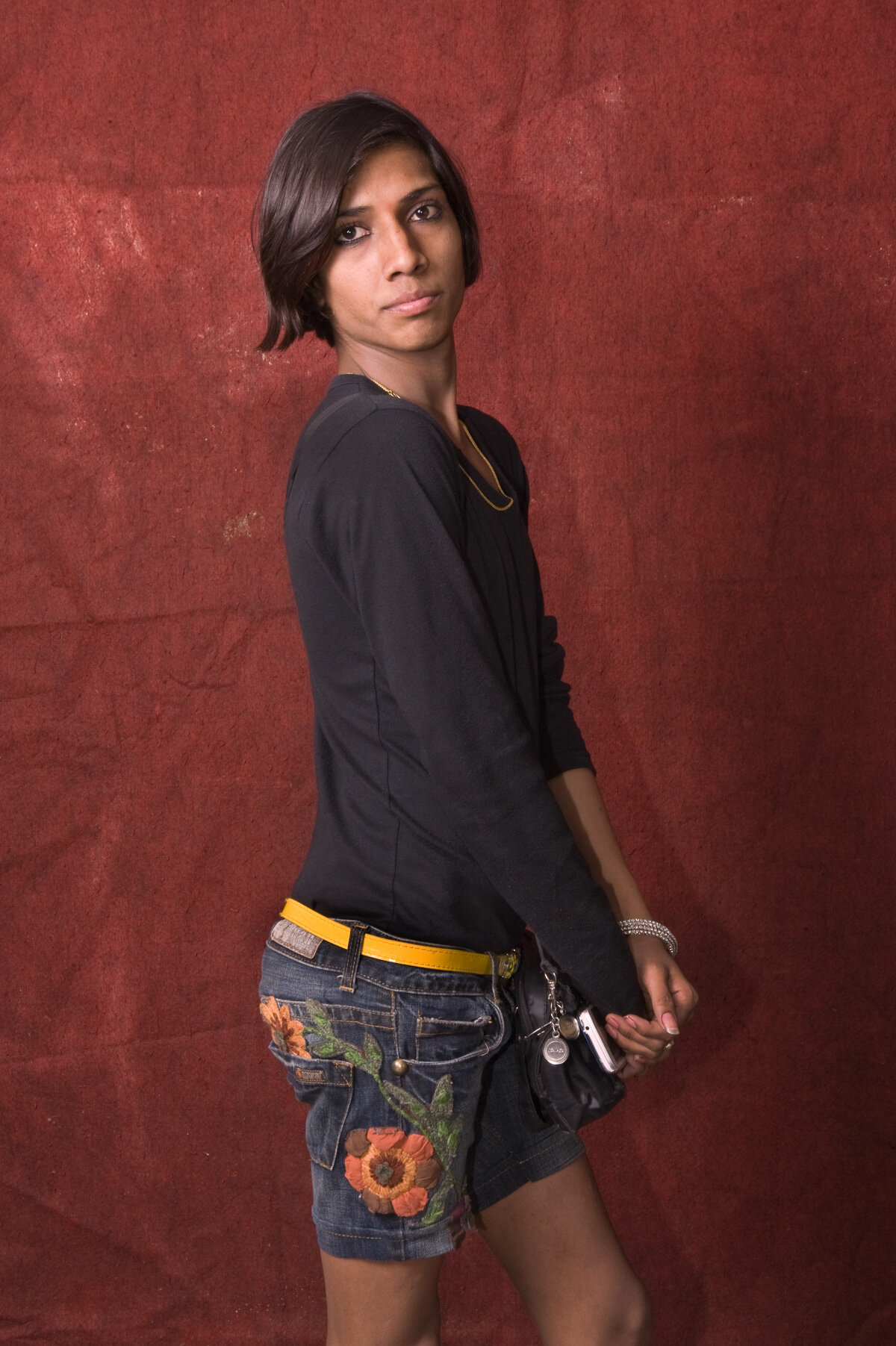
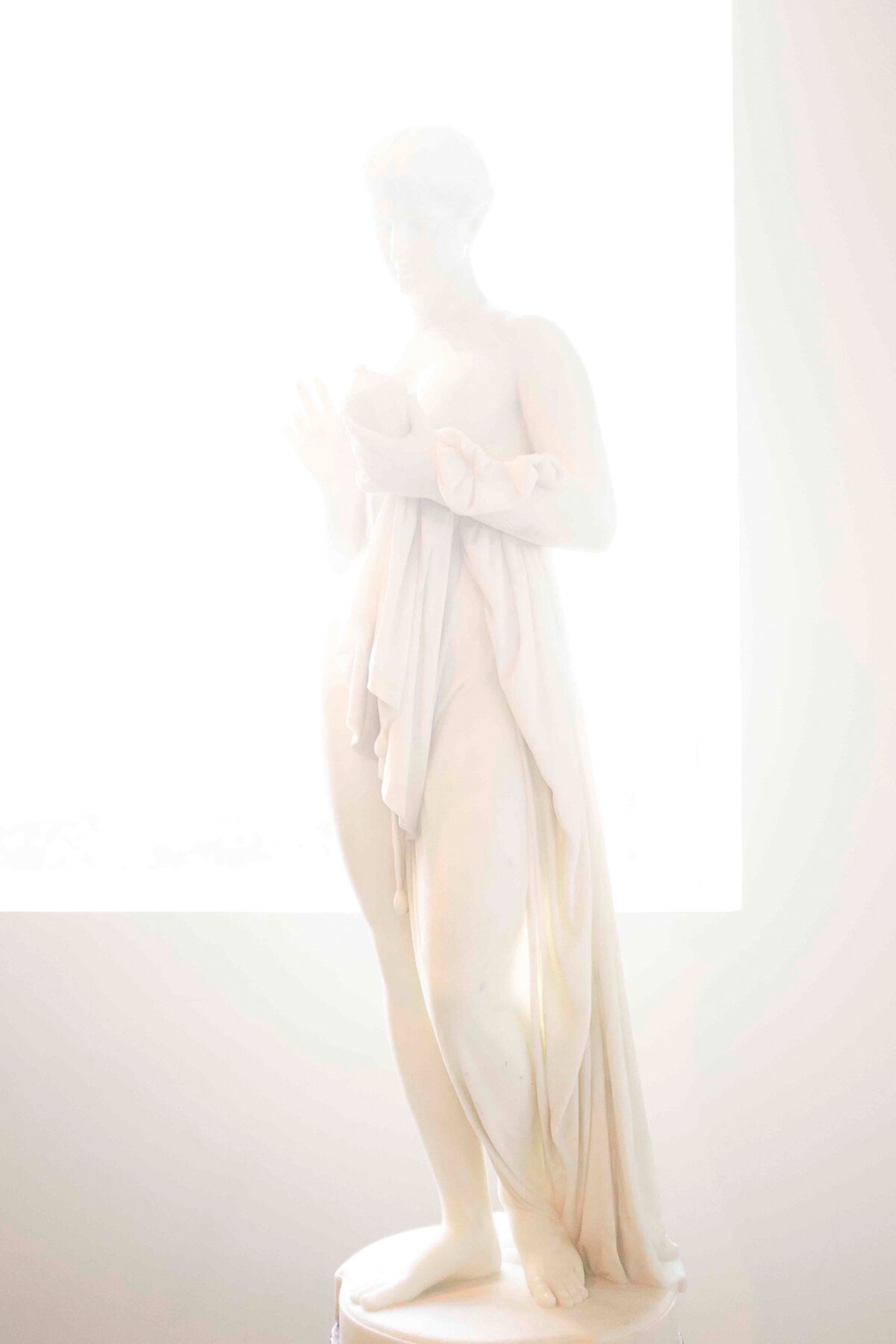
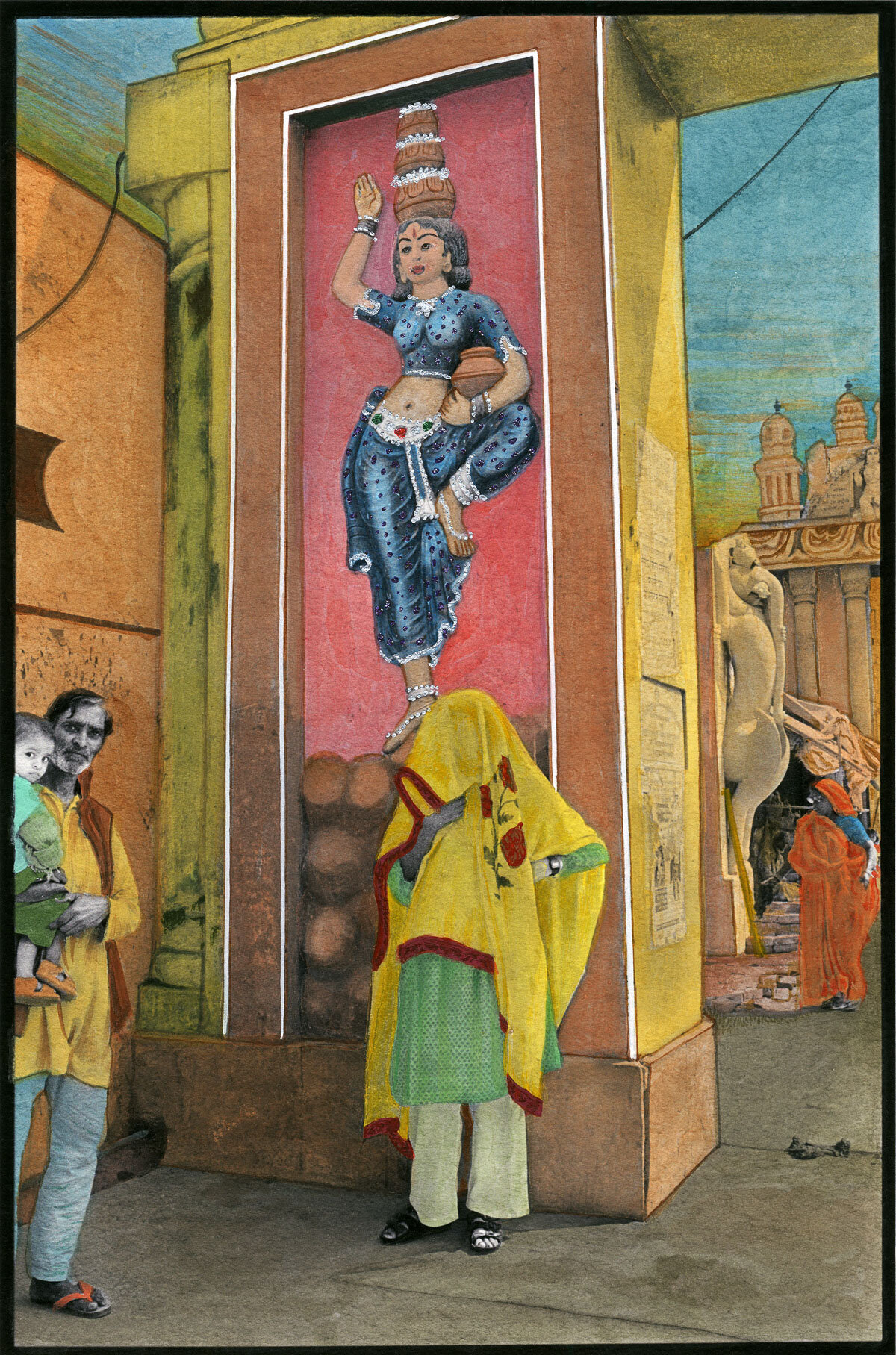
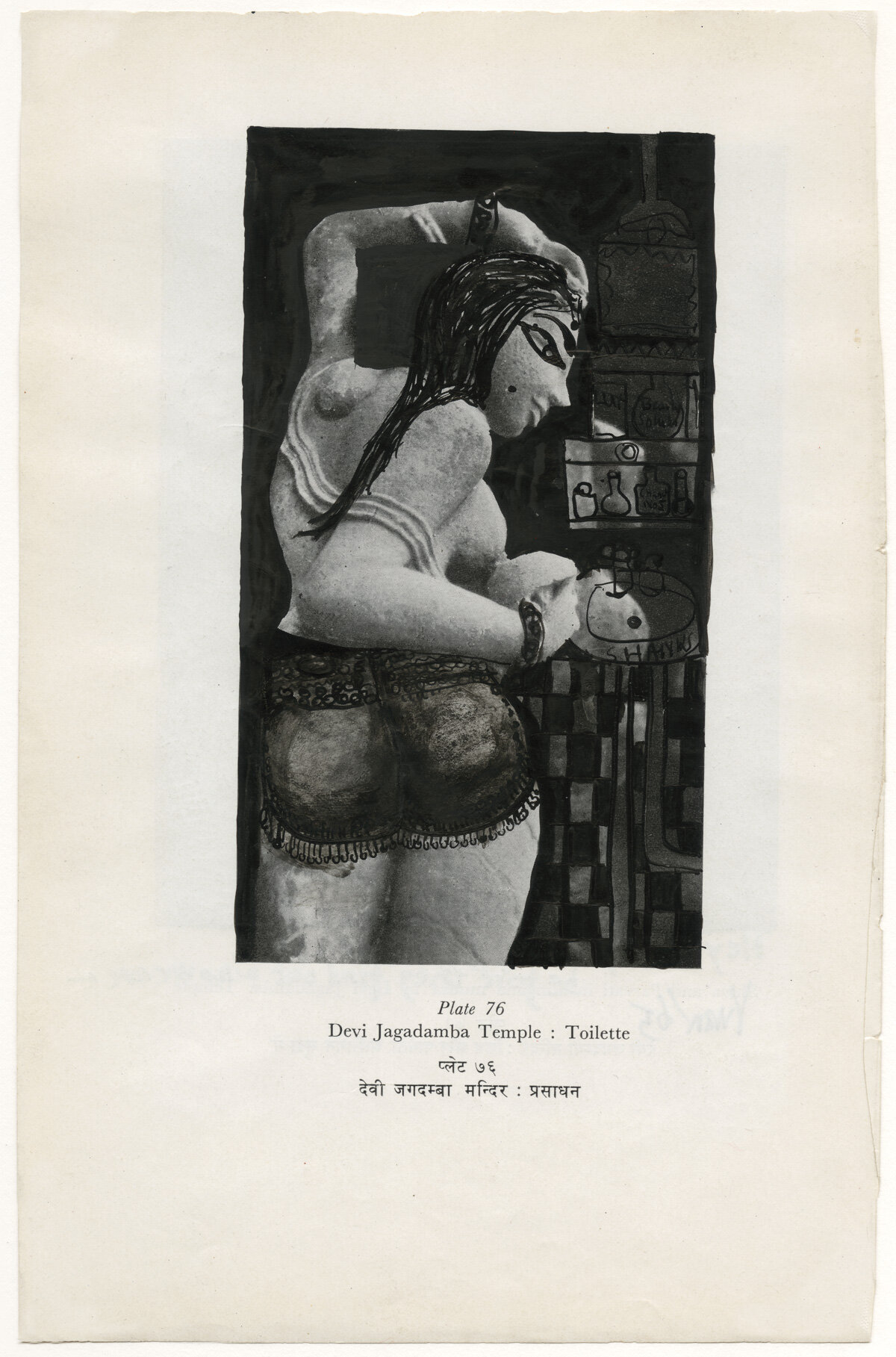

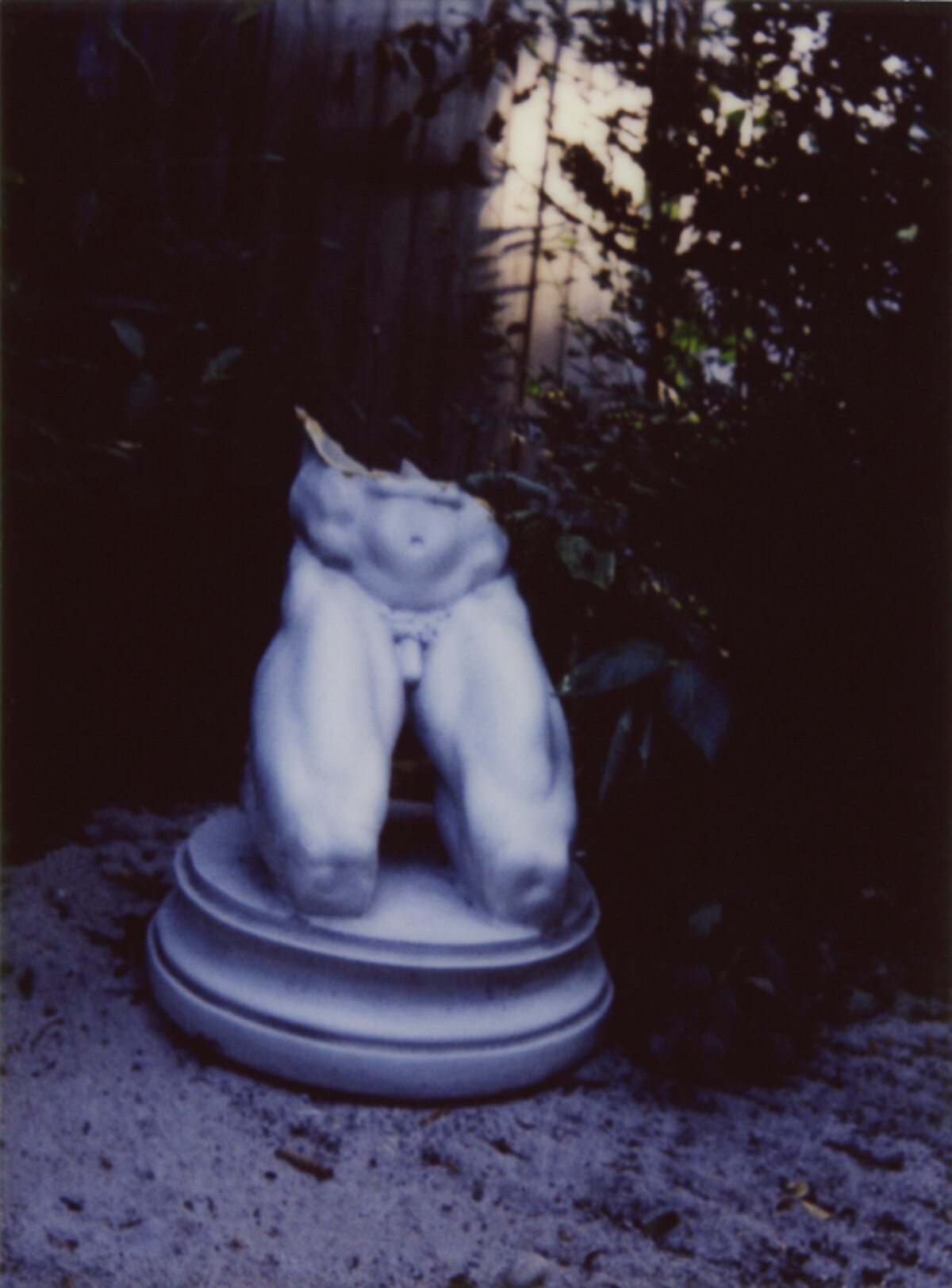
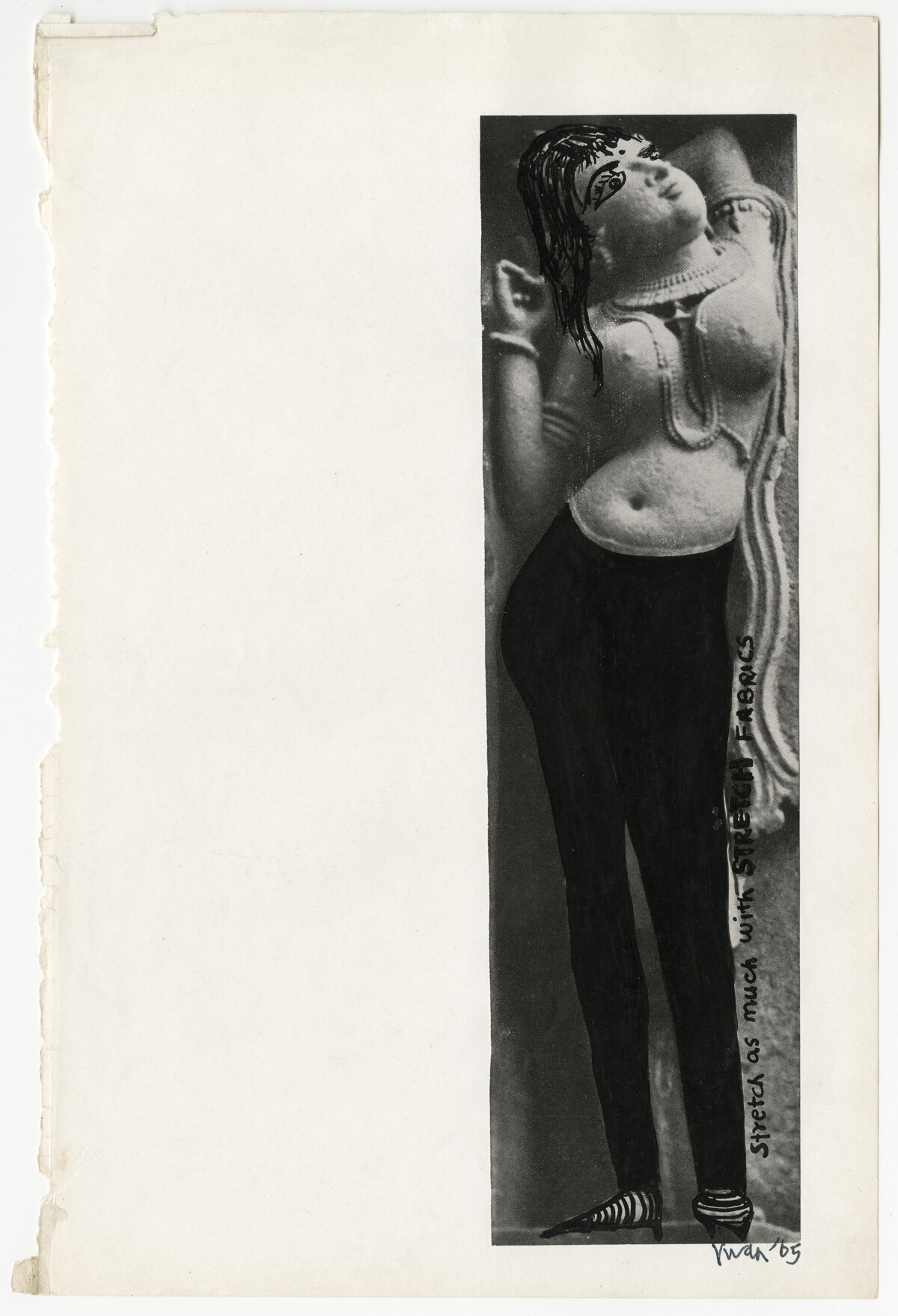
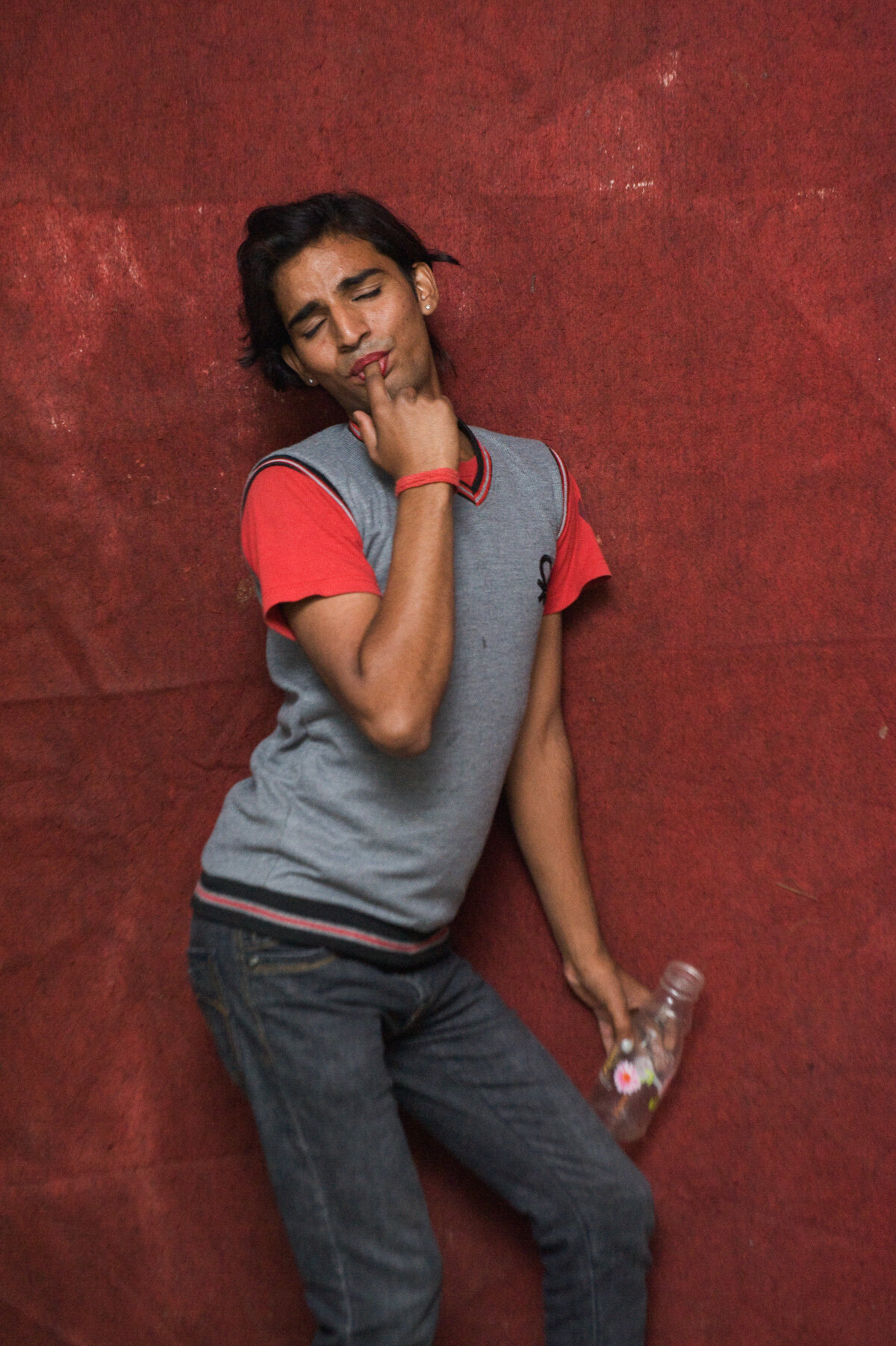

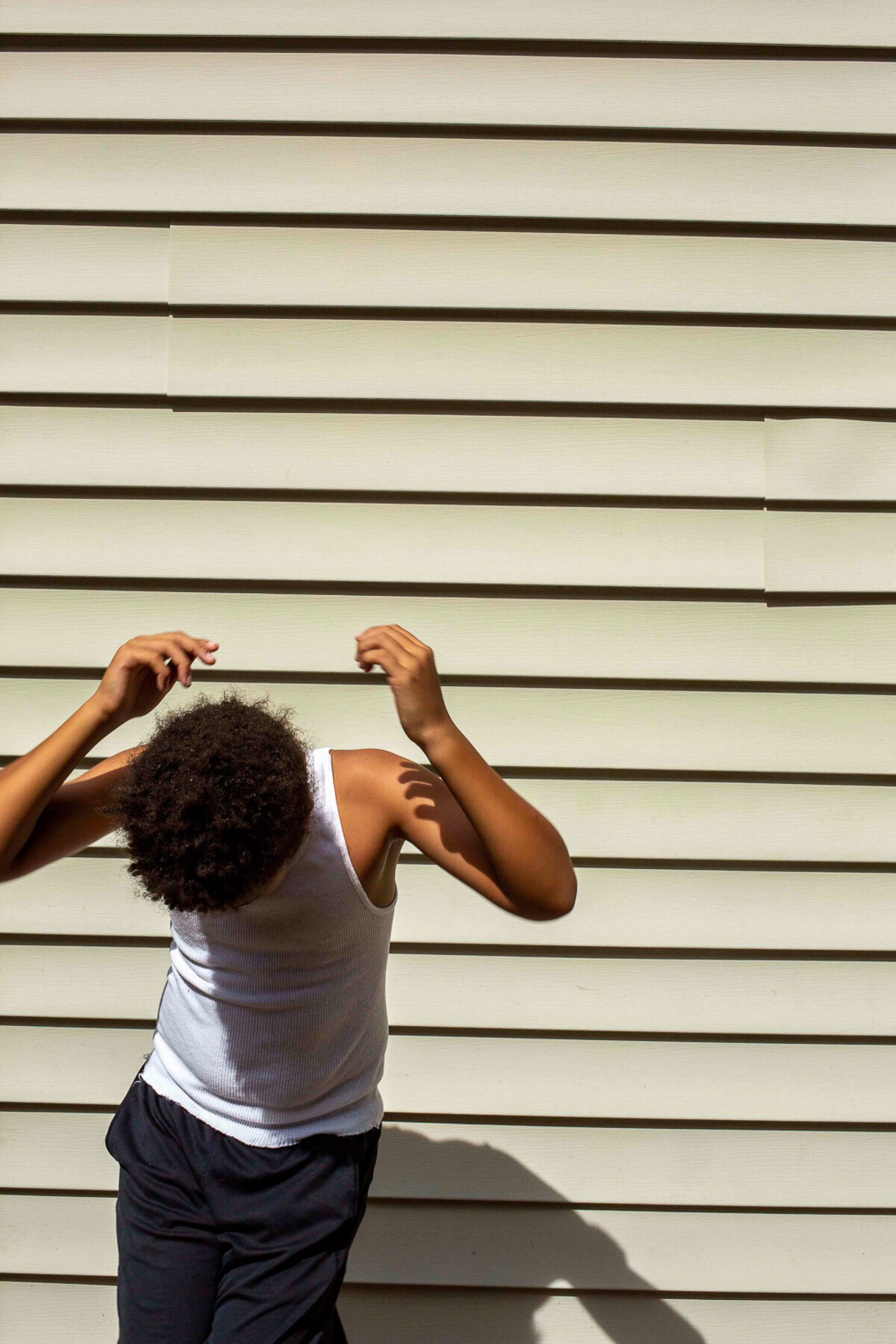
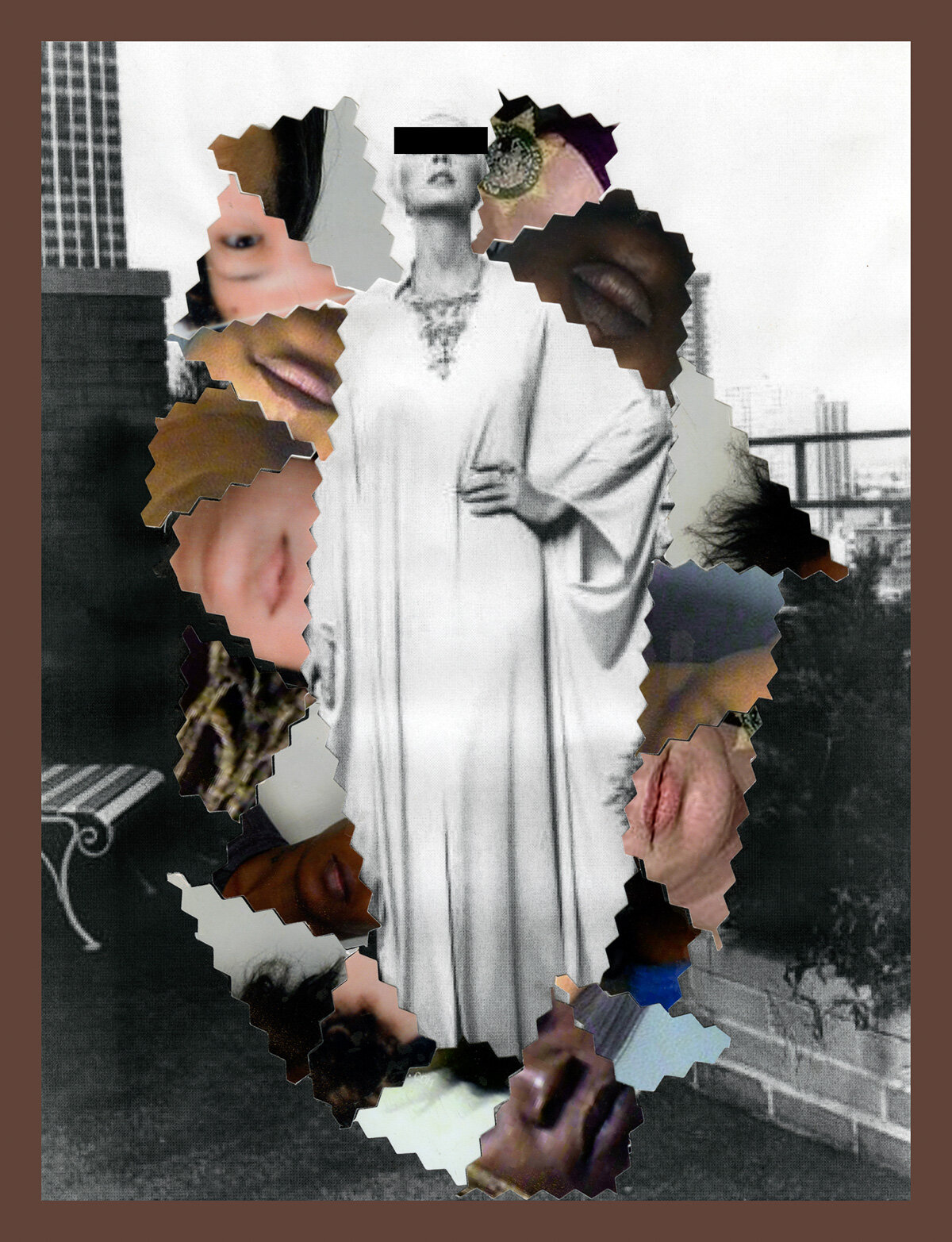
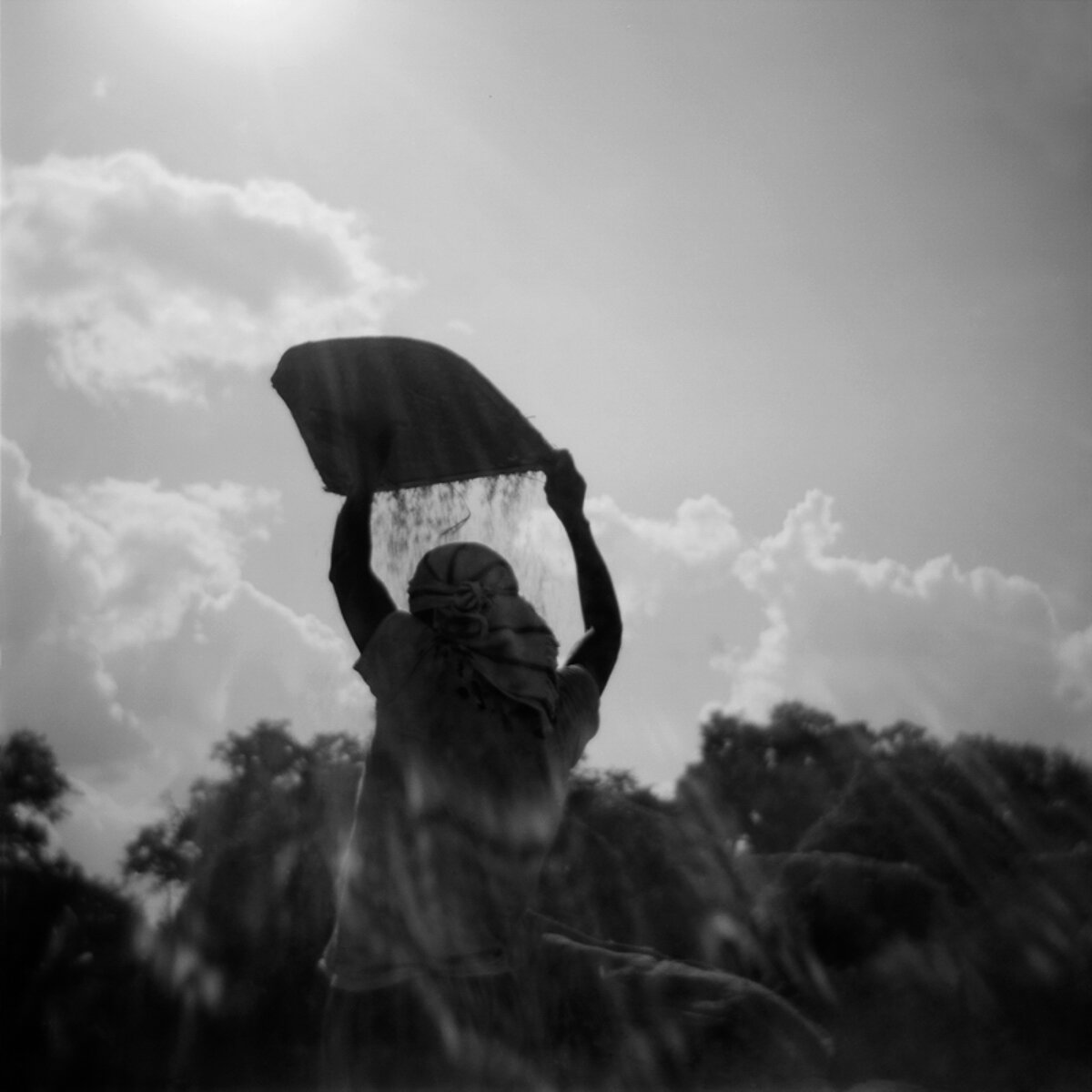
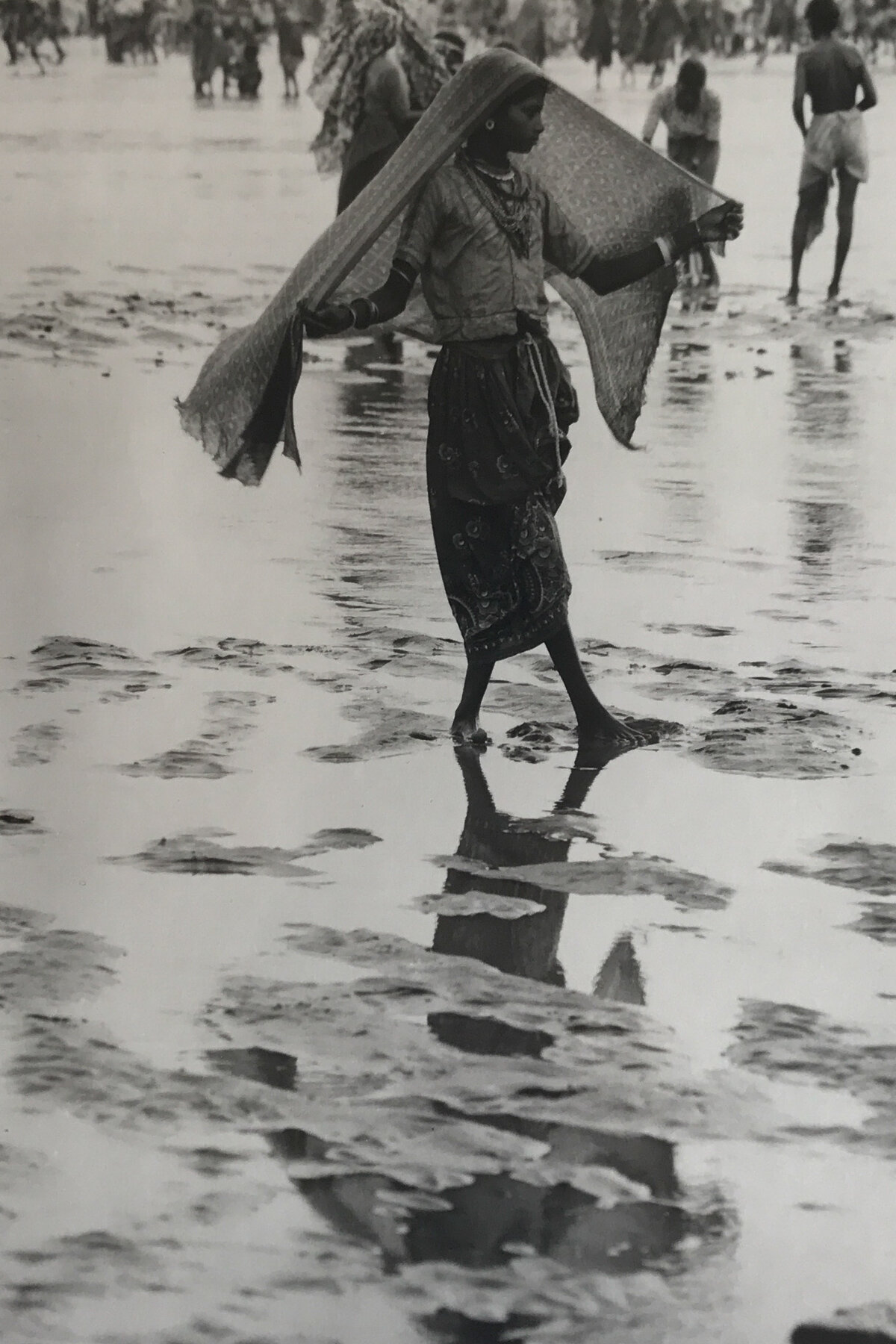
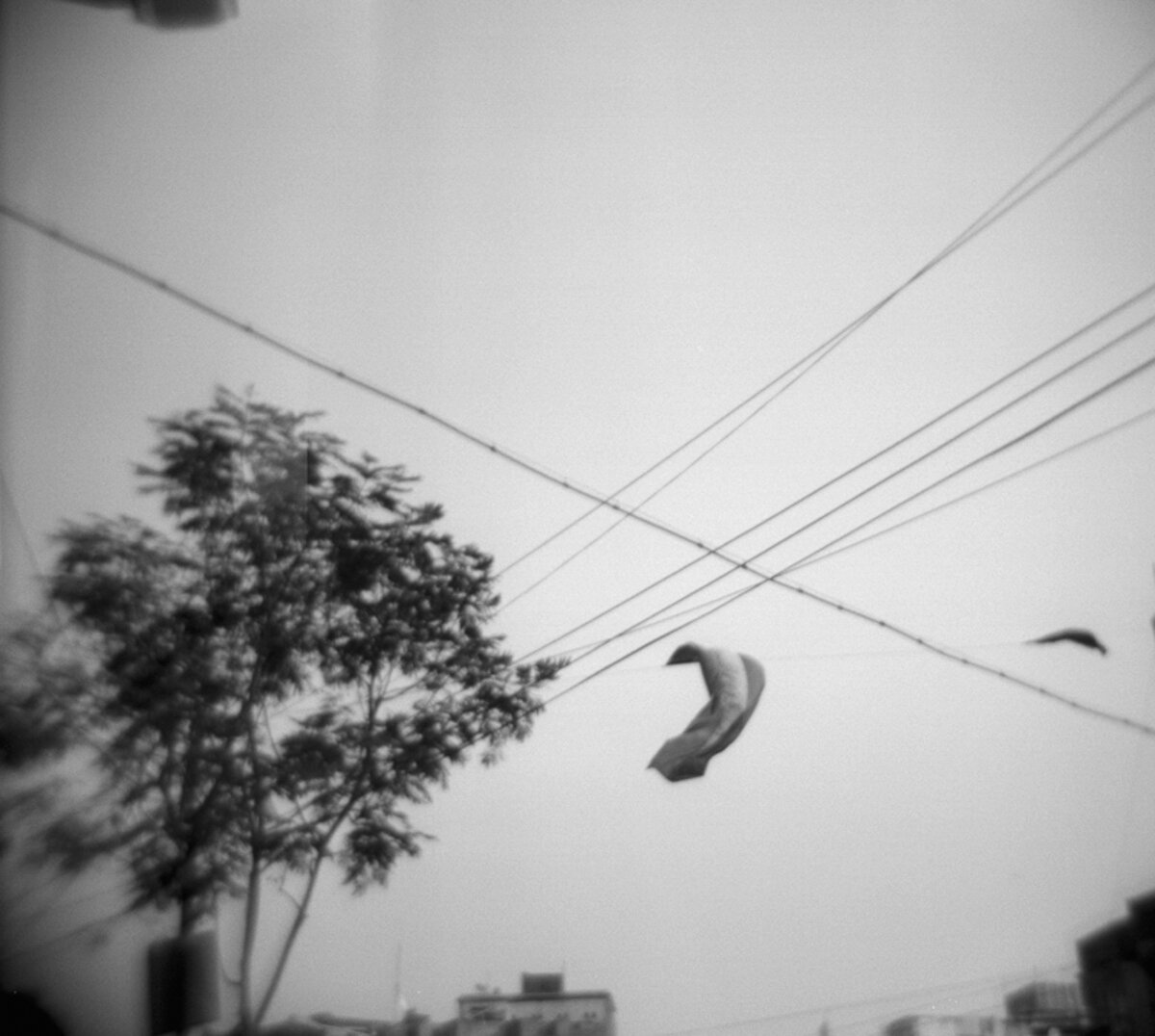
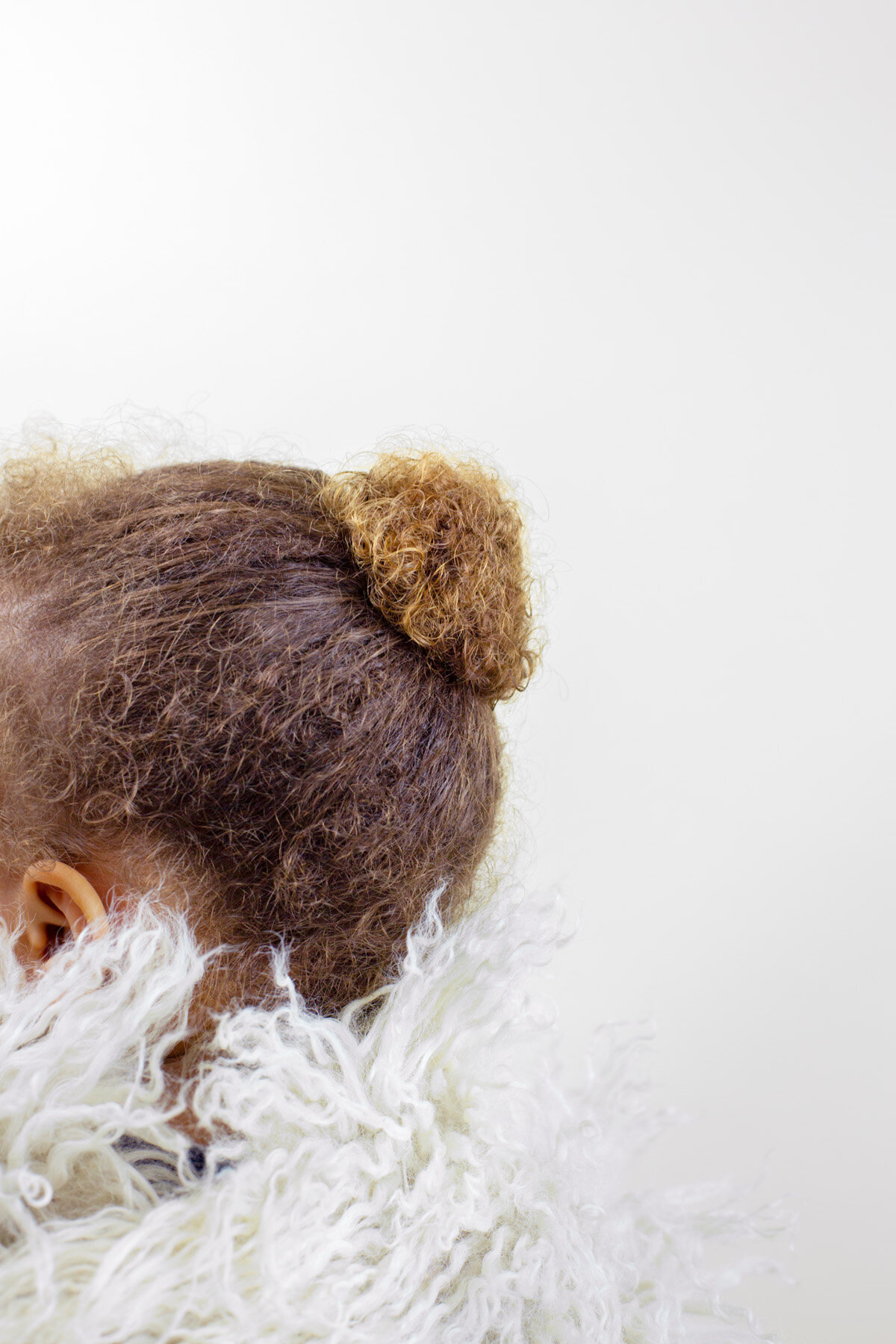
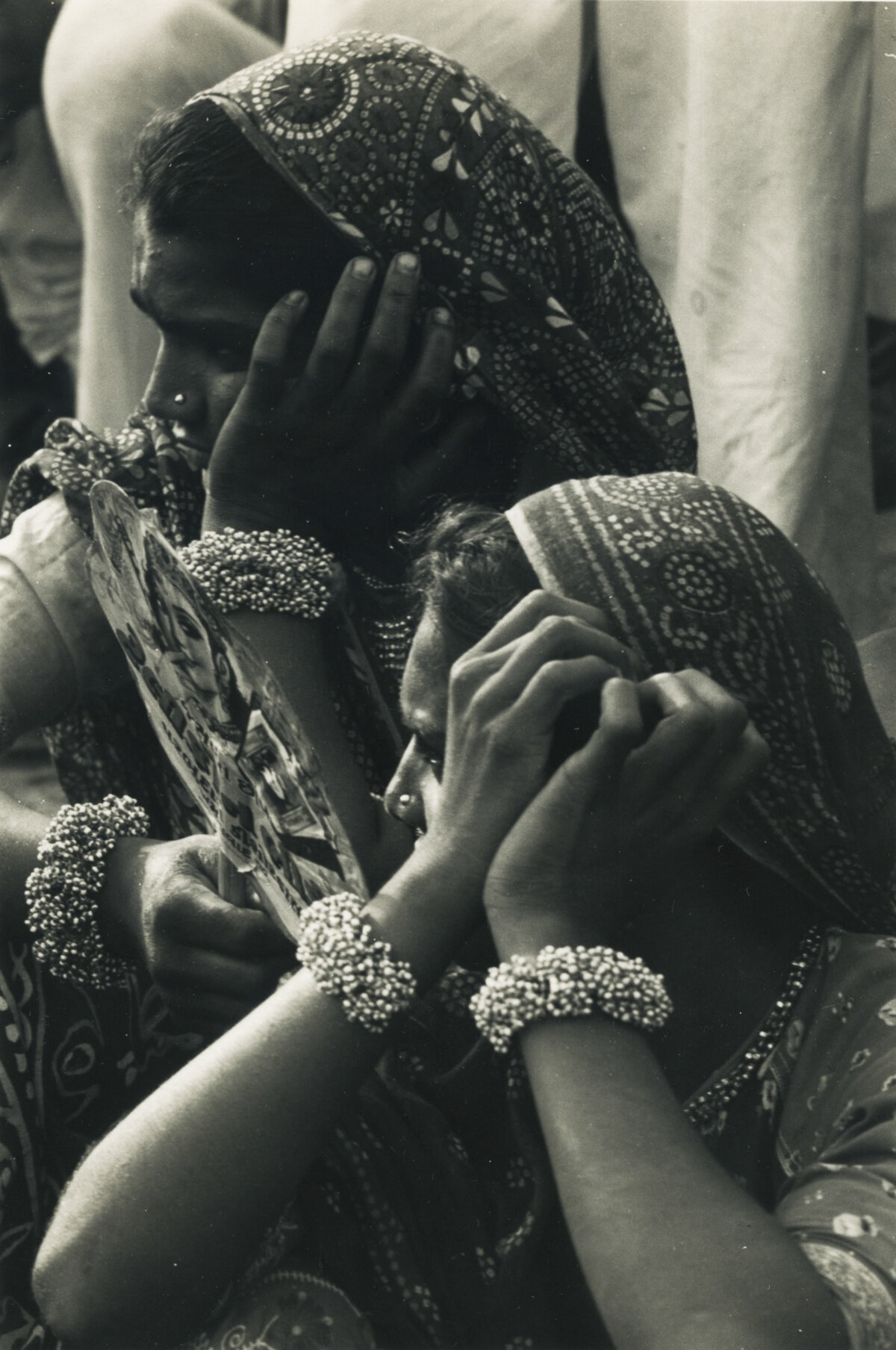
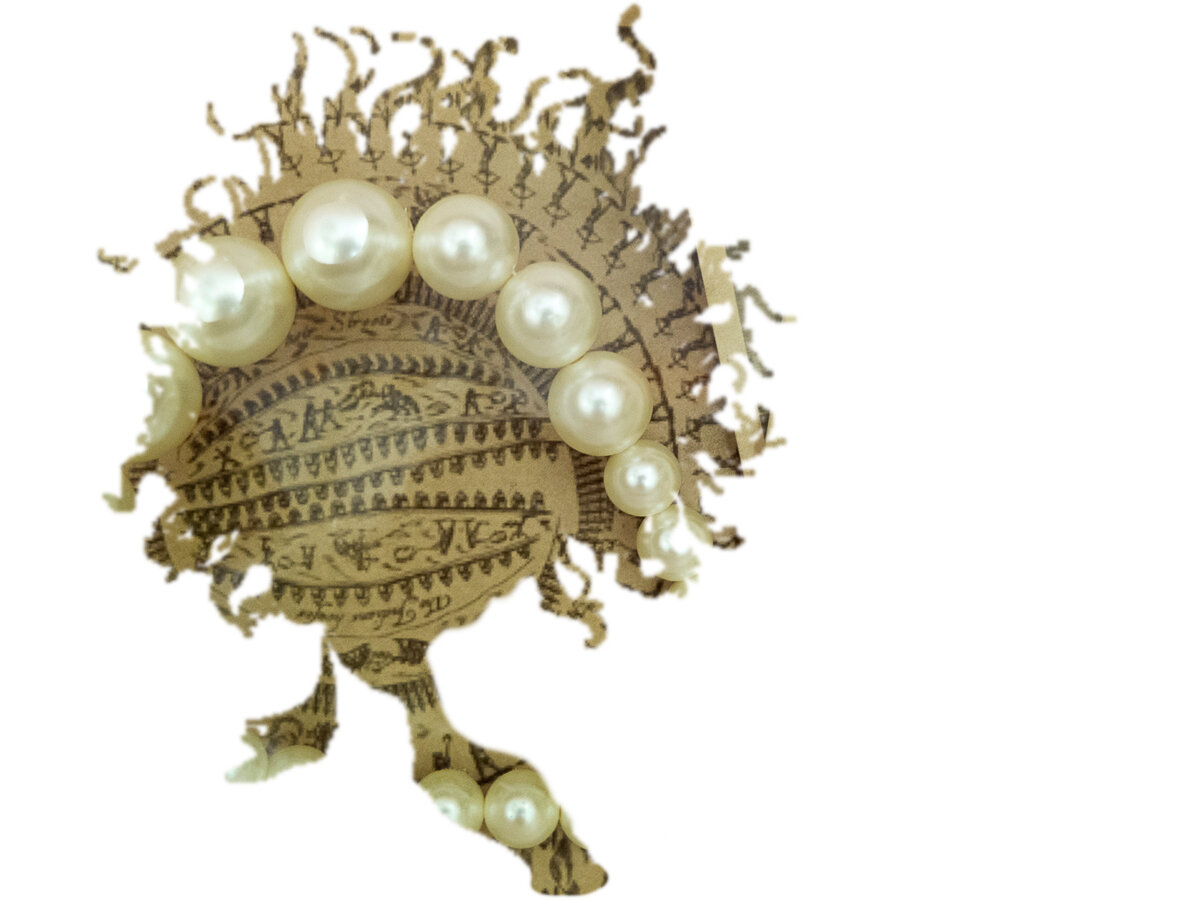
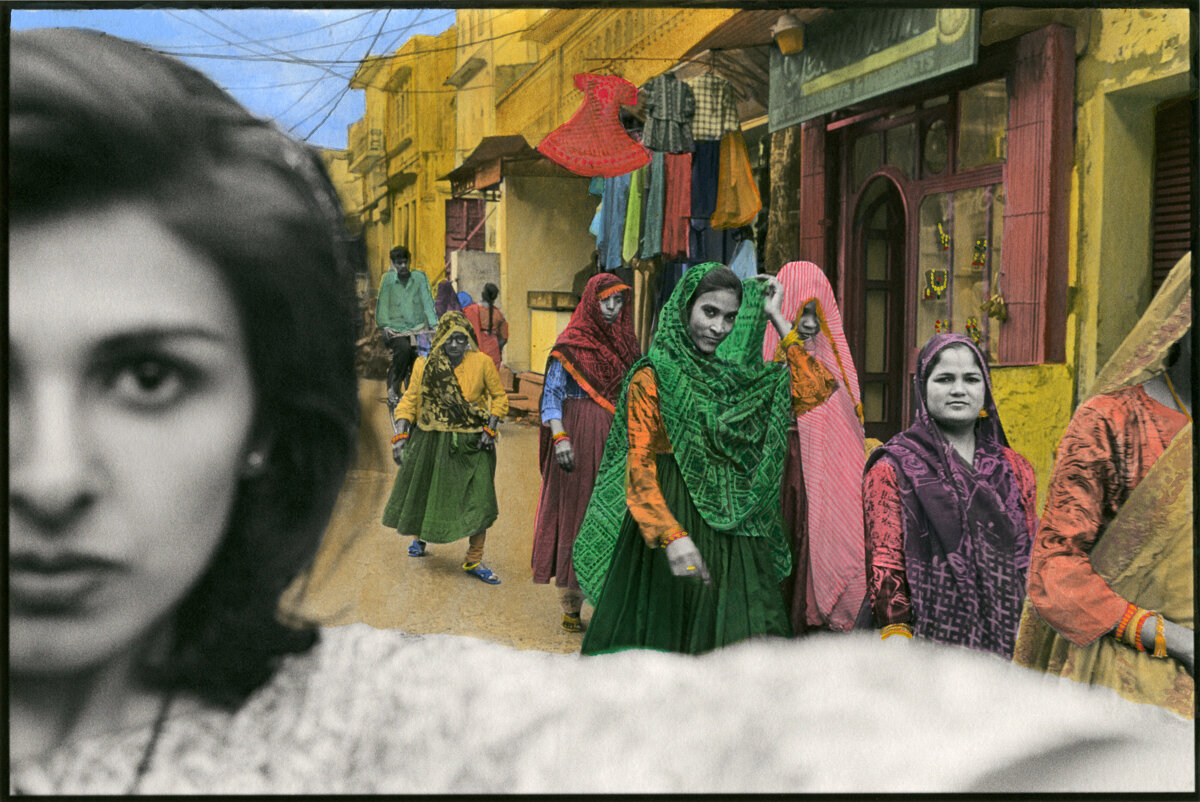
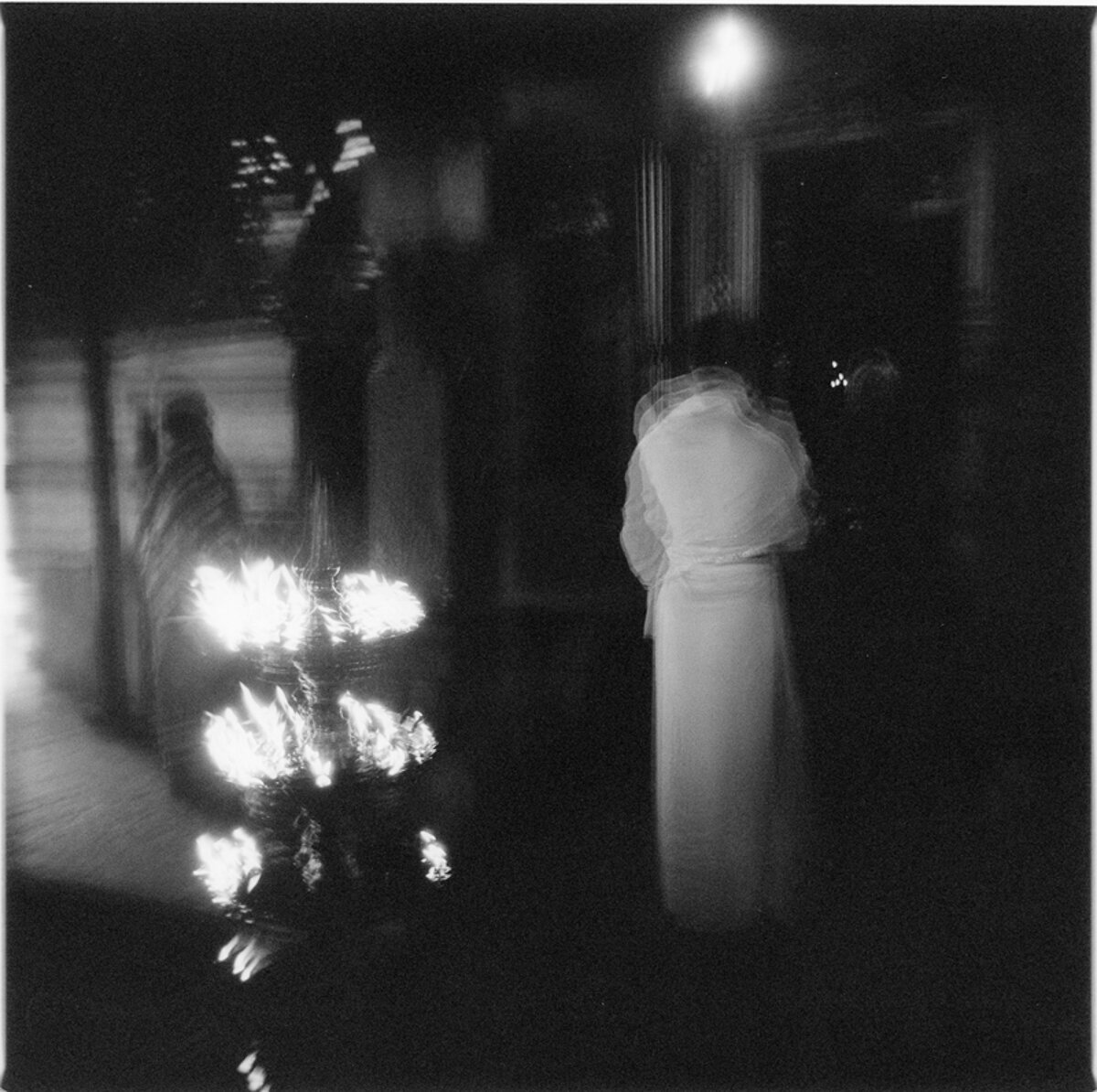
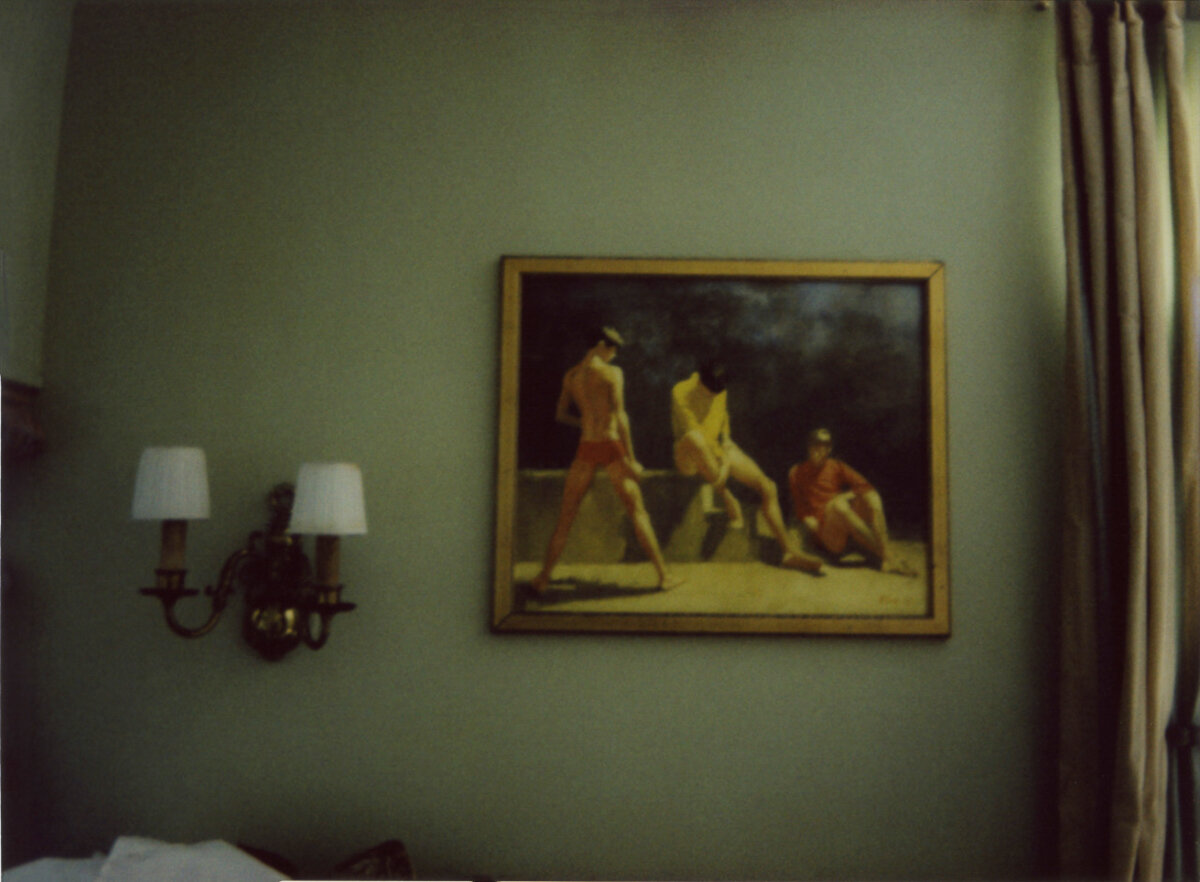
POSE & PAUSE
June 21 - August 31, 2021
sepiaEYE is pleased to present Pose & Pause: a group exhibition featuring the work of seven artists whose photographic images convey the back and forth exchanges of our interior and exterior lives. How we choose to be seen in the public eye is often in contrast to how we see ourselves. In this exhibition, what the artists chose to see and the artistic decisions they made to communicate their vision to us is inextricably linked to their own identity.
The resulting depictions of these exchanges can be playful, contemplative, and/or reflective. The exhibition includes photographs by Serena Chopra, Annu Palakunnathu Matthew, Charan Singh, Qiana Mestrich, Pamela Singh, Bhupendra Karia, and Vivan Sundaram.
In Serena Chopra’s series, Chandernagor: A Legacy of French Heritage exhibited earlier this season, she pivoted her camera to the architecture instead of focusing on the people of the region. The unique French architecture built during this time (1673-1954) is seen actively in use. Noting the grand, ornate style of the building as a backdrop, the two women who are the focal point of the images in the show come and go throughout the day illustrating Chopra’s comment, “[the] inanimate is not separate to this whole process of participation. It too assumes a role. Space is animated and rendered alive.”
Annu Palakunnathu Matthew’s early series, Memories of India, taken with a small, plastic-lensed Holga camera, functions as a “time warp, taking [her] back so the memories can be experienced over and over again.” She continues, “For me, these photographs are like the melody of a raga in Indian music. Where the notes are delicate and complex at the same time, blending to form a poignant, haunting melody that will transport me and the viewer.”
As Vicki Goldberg writes in the monograph on this series, “As Matthew uses it, the camera, that expert embalmer and preserver of the past, that master key to modern memory, performs like memory itself: even as it recreates it transforms, and it hints suggestively, fragmentarily, that whatever we’re seeking must still be there . . . the past and present clasp hands, expected and implausible collide, and photography responds to Wordsworth’s idea of poetic creation: ‘emotion recollected in tranquility.’” (Wordsworth/Preface to Lyrical Ballads) - Memories of India (Blue Sky Books, 2014)
Charan Singh’s two series included in this exhibition encompass the theme of the show perfectly. Singh welcomes us into the world of Kothis (effeminate, underprivileged, homosexual men), Hijras (eunuchs), and Giriyas (partners of kothis and hijras) which are indigenous terms used by queer working class and transgender men, in their own dialect, to define their particular sexual identities. We witness, “striking a pose” to convey an attitude not only as a visual device but also as an internal measure of spirit and emotion. Their “pose” is their true self in collaboration with the photographer who echoes their uniqueness and their pride.
In contrast, the works in 23rd Sumner Walk, Fire Island (2017) show a contemplative side. Created during Singh’s summer at the Fire Island Artist Residency, the series of vignettes explores intimacies, desires, kinship, and resistance. A longtime haven for the LGBTQ community, the images taken in Fire Island are devoid of “real” people – e.g. a ghostly figure of a male bust, a painting of young men in his room. There is no urgency to proclaim identity here, just to simply exist and observe.
Qiana Mestrich’s works from Thrall (2017-2020), Inherited Patterns (2014), and The Mist in the Mystic (2012) display her ongoing examination of identity via the exploration and involvement of her family, her history, her name, and the photographic processes she uses to tell each story. Within each series, Mestrich records and reveals her changing “posture”-- her concurrent identities of Mother, Artist, and Subject.
When Pamela Singh’s Treasure Maps photographs were taken in the mid-90s, she affixed a rear-view mirror to her camera so that she could capture herself and her surroundings within the frame. In this “pre-selfie” world, she spent her days wandering through the maze of the city, inserting herself within the daily life of the townspeople – a conscious choice to not be just a passive observer. The works from this period were printed as black-and-white gelatin silver prints and then painted in 2014-2015. Working with local painters that specialize in miniature paintings, the prints were layered with paint and sprout magical enhancements, religious iconography, and colorful details to transform her photographs into bejeweled and enchanted narratives.
In “Women carrying Pots on their Heads” (1959-1965), Bhupendra Karia catches a mundane task in a regal procession. The women stand tall in their stride, balancing the traditional brass pots on their heads unaware that they have been photographed.
With a keen interest in traditional crafts and village culture, Karia spoke of “listening to India with one’s eyes.” Echoing earlier
trips he had taken in rural India to make stone rubbings, Karia undertook extensive photographic journeys in the second half of the 1960s and early 1970s, traveling for weeks, sometimes months at a time, covering, by his accounts, some 80,000 miles across India’s rural landscape. Karia’s early motivations for these trips seem to have been fueled by an anthropological impulse to explore and record rural India and its native creative traditions. As he spent more time in the villages and countryside, Karia began to broaden the context of his work, weaving together observations of rural and small town Indian life with larger concerns about social, political, and environmental challenges facing contemporary India.
In a body of work made in the 1960s, the works by Vivan Sundaram bring a Pop Art inspired sense of humor to serious photographic reproductions of statues from the Ajanta Caves and Khajuraho Temple.
“The artist found classical foils to his contemporary drawings in the intricately carved erotic sculpture of Khajuraho, a Hindu and Jain temple complex dating to the tenth and eleventh centuries in Madhya Pradesh, as well as other sculptures from important monuments such as Ajanta, Ellora, and Elephanta. His cartoon-like additions of sunglasses, hats, clothing, and speech balloons to these revered subjects offer a new way of seeing these images while humanizing them.” - Karin Oen, Curator, Divine Bodies (2018), Asian Art Museum, San Francisco.
POSE & PAUSE
Exhibition Dates: June 21 - August 21, 2021
Press Release (PDF)
Exhibition List (PDF)


